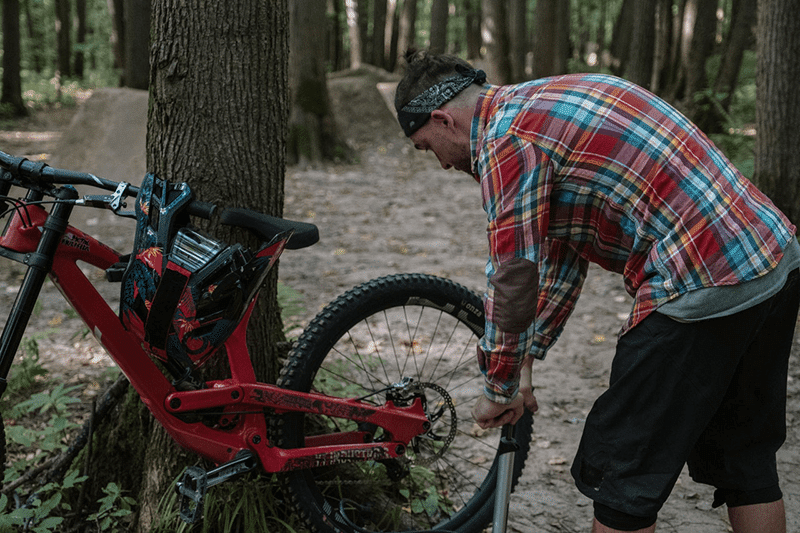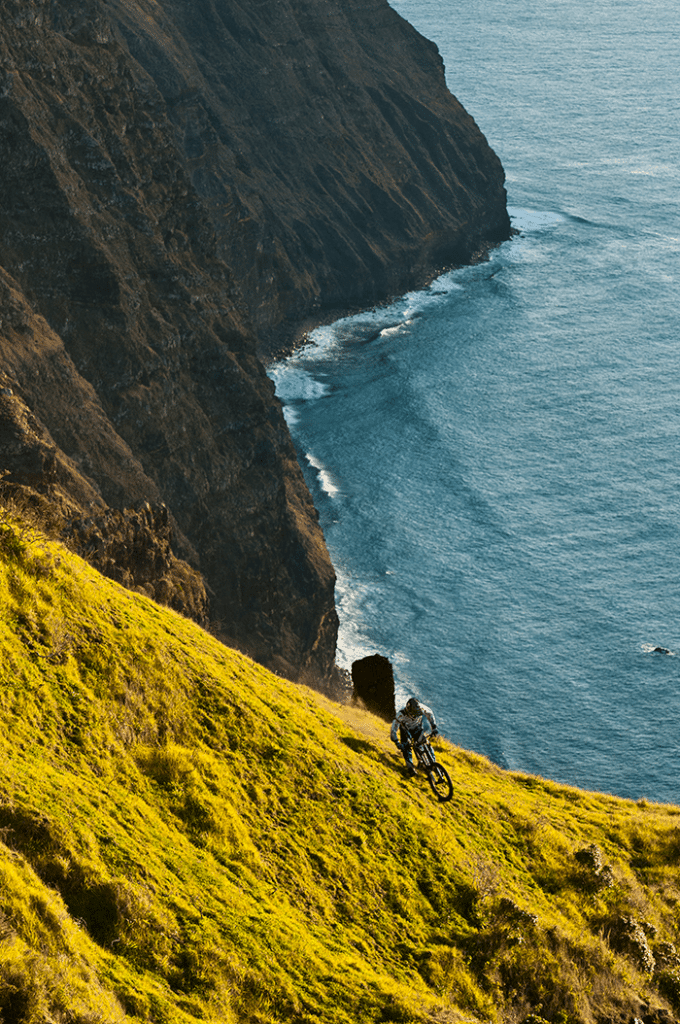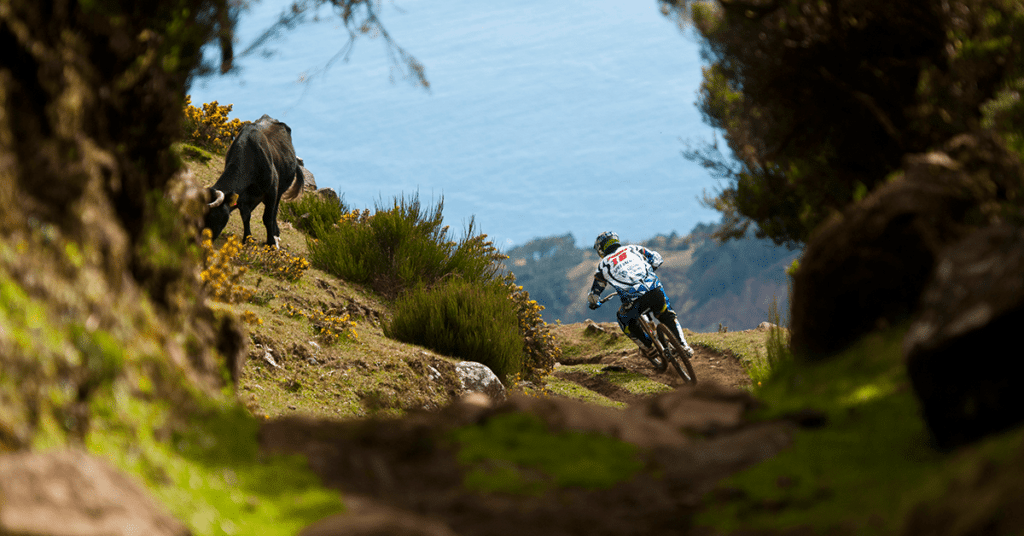How to Avoid Common Injuries on Mountain Biking Trails
This article will help to keep you safe and help you to avoid common injuries on Mountain Biking Trails.
Mountain biking is a great way to get outside and enjoy the fresh air while getting some exercise. However, it can also be dangerous if you’re not careful. In this blog post, we will teach you how to avoid common injuries while mountain biking.
We’ll give you tips on how to stay safe while riding and provide you information on what to do if you do end up getting injured.
Pre-Ride Equipment Check
You’ve got your gear all ready to go, you’ve mapped out your trails, and now all you need to do is give your bike a quick lookover to make sure everything’s alright.

One of the biggest mistakes you can make is to not inspect your bike before you ride. A quick pre-ride equipment check can help to identify any potential problems that could lead to an injury.
Here are some things to check for:
- Tire pressure
- Chain tension
- Brakes and brake pads
- Suspension compression and rebound
If you’re unsure how to do a pre-ride equipment check, you can ask your local bike shop or follow this video.
This step is especially important if you have a custom mountain bike, because you might have some specific settings on your bike other riders won’t have to check for.
Give Yourself a Good Stretch
Your bike isn’t the only thing that needs a quick check before a ride.
You’ll also want to give your body a good stretch before you’re out hitting the trails.
Stretching before you ride can help to prevent injuries because your body will be loose and take the wear and tear much better than if it was stiff. Any bumps and hard spills you take will go much better if you’ve already stretched before the ride.
Here are some stretches that you can do before hitting the trails:
Hamstring Stretch
Quadriceps Stretch
Gluteal Stretch
Calf Stretch
Full Body Stretching Routine
Always Wear Protective Gear
If you don’t already have some, you need some protective gear that you should wear at all times while on the trails.

You can even get gear that has multi-purpose functionality like a mountain bike helmet chin mount that helps you record your ride with an action camera mount.
There’re other types of gear you should be wearing that will help protect your knees, elbows, shins, and more. There’s even full body protective wear that has built-in pads that will support the areas of your body that experience the most impact in a fall.
A helmet that covers the entire head, with a protective visor, is ideal instead of one that just covers the top of your head. When you’re falling on a trail, you never know which parts of your body will end up embracing most of the impact, so you want to be prepared.
Use a Reece on Downhill Tracks
A reece is when you check out the trail ahead of you before you start your descent.
This is especially important when you’re mountain biking on downhill tracks.
Looking down the trail will help you to better judge how fast you can go, what obstacles are coming up, and when to brake. It’ll also help you to see any other riders that might be ahead of you, so you don’t end up crashing into them.
If you’re mountain biking with a group, make sure to call out “reece,” so everyone knows what’s coming up ahead.
The best way to conduct a reece is to stop the bike at the top of the hill, walk down the length of it checking for obstacles that could ruin your ride, and then walk back up to the bike and start riding.
You don’t want to have to bust out the emergency first aid kit, because you didn’t take a few extra minutes checking out the lay of the land first.
Always Stay Hydrated
Water is one of the most important elements you need to stay healthy while mountain biking. Not only is it a wellness choice to keep you hydrated, but it also helps cool your body down when you’re working up a sweat.
You should be drinking water before, during, and after your ride. If you’re going on a longer ride, bring along some snacks and electrolytes as well.
If your buddies don’t have any water, you’ll want to share yours with them, so that no one in the party suffers from cramps or other side effects from dehydration.

Water helps your body stay in peak physical shape, so that it doesn’t break down over a long ride and end up causing you an injury that could have been easily prevented.
Don’t Ride Above Your Level
Just because your friends are trying out the baddest trail in town doesn’t mean you have to as well.
Riding above your level can lead to injuries, because you’re not used to the terrain, the speed, or the stunts that are being performed. You might think you’re an expert rider but until you’ve tried a trail out for yourself, don’t assume anything.
Start off with easier trails and work your way up to the more difficult ones.
That way you’ll be able to enjoy your ride and stay safe at the same time.
If you do end up on a trail that is beyond your skill level don’t be afraid to turn around or just go slower than everyone else. Preventing a serious injury will always be better than having a hit to your ego.
Avoid Common Injuries on Mountain Biking Trails
It’s best to employ the tips above before heading on on the trails to prevent any serious injuries from occurring. Most of the common injuries from riders can easily be avoided if the right steps are taken when out on the trails.
Just make sure people know where you’re going to be riding and bring along safety gear just in case.
Avoid Common Injuries on Mountain Biking Trails – Learn More
Check out these incredible Scandianvian and Icelandic cycle routes.




